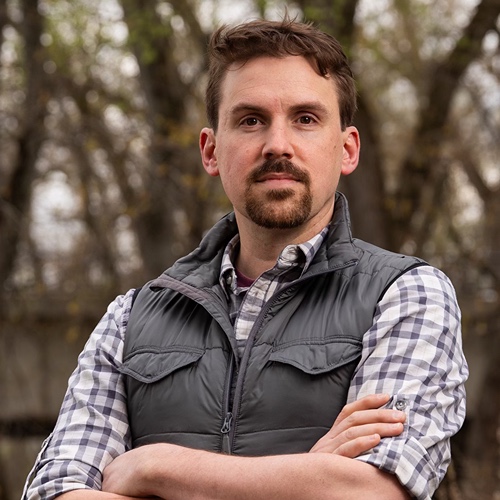Featured Stories

Meet FNR Outstanding Junior Elena Boughton
Wildlife major Elena Boughton has been selected as FNR’s Outstanding Junior for 2024-25....

Meet FNR Outstanding Senior Leah Griffin
In the three years since being named FNR's Outstanding Freshman in 2022, Leah Griffin has...

Purdue researchers find new ways to track invasive species
We tend to think of green landscapes as healthy ones. But Brady Hardiman, an associate professor...

Purdue Agriculture announces new department leaders
Bernie Engel, Purdue University’s Glenn W. Sample Dean of Agriculture, has appointed new...

Meet FNR Outstanding Transfer Student Emma Johnson
Emma Johnson transferred to Purdue after earning her associate’s degree and graduating with...

Piecing together a forest puzzle
It made perfect sense for Douglass Jacobs, Fred M. van Eck Professor of Forest Biology and member...